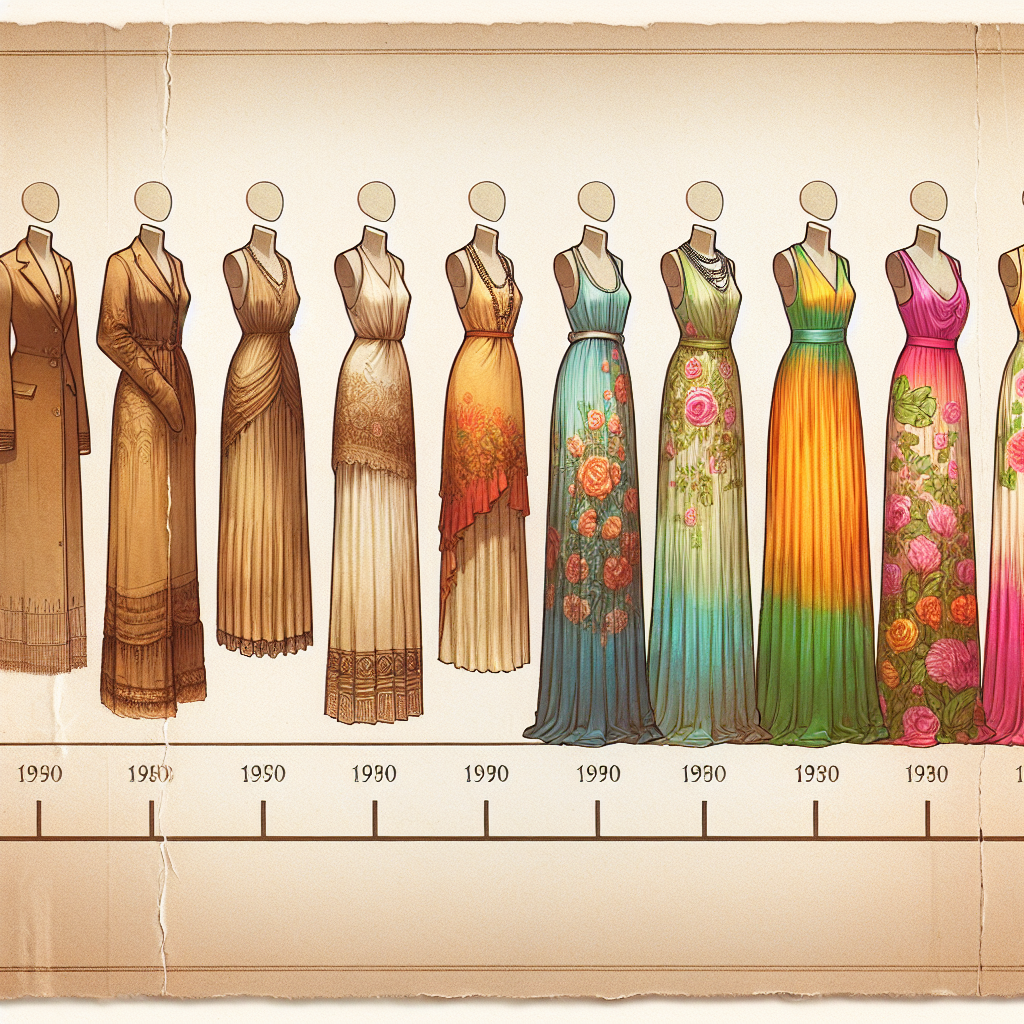The sundress has evolved significantly since its inception, transitioning from a practical garment into a fashion staple embraced by women around the globe. This article explores the history and evolution of the sundress, highlighting its cultural significance, design transformations, and the fabric innovations that contributed to its popularity.
Origin of the Sundress
The origins of the sundress can be traced back to the 1930s and 1940s when women sought comfort and practicality in their attire. The sundress grew out of casual summer clothing, driven by the need for lighter, more breathable fabrics suited for warmer temperatures. The iconic cotton frock became a favored attire for beach outings, picnics, and informal gatherings. Designers began experimenting with various fabrics, prints, and cuts, leading to the iconic sleeveless silhouette that characterizes the sundress today.
The 1950s: Glamour and Femininity
The 1950s marked a golden age for the sundress, characterized by tailored fits, feminine silhouettes, and vibrant prints. Designers like Christian Dior and Oscar de la Renta infused the garment with a sense of glamour. The sundress became a symbol of femininity, often embellished with elements like cinched waists and flared skirts, which highlighted the hourglass figure. Floral patterns and polka dots dominated the fabric choices, making the sundress a popular option for both casual and semi-formal occasions.
The 1960s and 1970s: The Bohemian Influence
As fashion moved into the 1960s and 1970s, the sundress underwent another transformation influenced by the counterculture movements of the time. The embrace of hippie ideals introduced more relaxed, bohemian styles, and flowing silhouettes. The sundress became a canvas for creativity, with tie-dye patterns, bold motifs, and eclectic fabrics like linen and gauze filling the wardrobes of adventurous young women. Stars like Jane Birkin and Brigitte Bardot further popularized this look, often pairing sundresses with accessories such as wide-brimmed hats and oversized sunglasses.
The 1980s and 1990s: Diverse Styles and Cultural References
The 1980s witnessed the rise of diverse styles, with the sundress adapting to include everything from bold shoulder pads to bold geometric patterns. Designers such as Gianni Versace and Vivienne Westwood reinvented the sundress, allowing it to reflect the vibrant pop culture of the era. With the influence of music and cinema, the sundress became synonymous with iconic characters. For example, the movie “Pretty Woman” popularized the classic strapless sundress, setting trends that lingered into the 1990s.
The 2000s: Casual Chic and Celebrity Influence
In the 2000s, the sundress shifted towards a more casual chic vibe, becoming associated with celebrities who sported it in everyday life. High-profile figures such as Kate Moss and Jennifer Aniston were often seen donning sundresses at film premieres and casual outings. Retailers responded to this trend by expanding sundress collections, incorporating varied lengths, prints such as stripes and tropical patterns, and playful embellishments like ruffles and lace. This decade cemented the sundress as a versatile piece, suitable for any summer occasion, from beach vacations to weddings.
The 2010s: Sustainability and Inclusivity
As we progressed into the 2010s, fashion began to embrace the philosophies of sustainability and inclusivity. The sundress evolved to accommodate diverse body types and promote ethical fashion, leading to the rise of brands creating sustainable sundresses crafted from organic fabrics. The interest in sustainable fashion drew attention to local designers who produced sundresses that celebrated cultural heritage and traditional crafting techniques. Influencers and social media platforms also played a significant role, showcasing various ways to style the sundress, encouraging individual expression and creativity.
Modern Sundresses: A Blend of Tradition and Innovation
Today, the sundress remains a pillar of summer fashion, embodying comfort, style, and versatility. Designers continue to innovate with various styles, including midi and maxi lengths, asymmetrical cuts, and multifunctional pieces capable of being styled differently for varied occasions. Modern sundresses also feature inclusive sizing and a spectrum of prints, colors, and fabrics, appealing to a broader audience.
Fashion-forward brands emphasize sustainable practices through the use of eco-friendly materials and ethical manufacturing processes. The cultural significance of the sundress is also cemented through fashion shows and social media, where it is presented as a timeless essential, celebrating comfort without sacrificing style.
Overall, the sundress is not just a garment but a rich narrative reflecting social changes and fashion evolution. Its journey from a simple summer attire to a celebrated fashion piece showcases how textiles, silhouettes, and cultural movements intertwine. The sundress’s enduring appeal lies in its ability to adapt to the ever-changing landscape of fashion while retaining its original essence of freedom and femininity.



